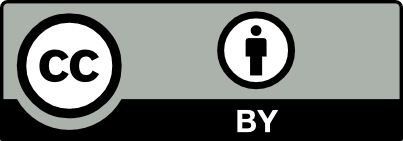EFFECT OF THE INCLUSION OF DIFFERENT LIPID SOURCES IN THE DIET ON THE POLYUNSATURATED FATTY ACIDS PROFILE IN Piaractus brachypomus FILLET
Abstract
This research evaluated the effect of the inclusion of different lipid sources in the diet on the on the polyunsaturated fatty acids profile PUFA in Piaractus brachypomus fillet. Four types of oil were used; palm, corn, soy and fish oil, to formulate diets that comply with the nutritional requirements of the fish. These four diets were supplied for two months and a commercial diet was used as a control. The fatty acid profile was determined for oils, diets and fillets, before and after the experiment. The levels of omega-6 polyunsaturated fatty acids (n-6 PUFA) such as arachidonic acid (AA) and omega-3 polyunsaturated fatty acids (n-3 PUFA) such as eicosapentaenoic acid (EPA) and docosahexaenoic acid (DHA) were analyzed. The best PUFA profile in fillets (2,11; 4,64 and 7,0 % AA; EPA and DHA respectively) was obtained with the diet elaborated with fish oil, however, the best vegetable oil that influenced the increase of PUFA profile in Piaractus brachypomus fillet (3,11; 0,82 and 3,71 % of AA, EPA and DHA) was palm oil. It was demonstrated the ability to improve the PUFA profile in Piaractus brachypomus fillets.
Downloads
Copyright (c) 2019 Sociedad Química del Perú

This work is licensed under a Creative Commons Attribution 4.0 International License.
Revista Arbitrada
Derechos reservados: Prohibido el uso total o parcial del material de esta revista sin indicar la fuente de origen.
Nota: Las referencias comerciales que aparecen en los trabajos no constituyen una recomendación de la
Sociedad Química del Perú










